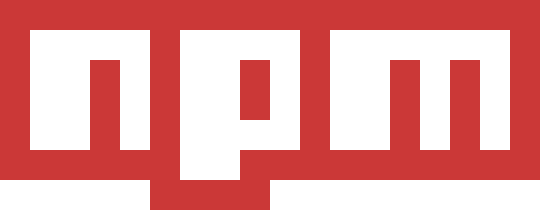Are you ready to delve into the world of npm and streamline your JavaScript development process? In this guide, we’ll walk you through the essential steps to get started with npm, the Node Package Manager. Whether you’re a seasoned developer looking to enhance your workflow or a beginner eager to learn, this tutorial will equip you with the knowledge to effectively use npm for managing packages and dependencies in your projects. So, let’s get started!
Table of Contents
- Installation
- Basic Usage
- Package.json
- Installing Packages
- Updating Packages
- Removing Packages
- Listing Installed Packages
- Scripts
- Global vs Local Packages
- Conclusion
1. Installation
npm comes bundled with Node.js, so you typically don’t need to install it separately. However, it’s a good idea to install Node.js if you haven’t already. npm will be installed automatically with Node.js.
To check if npm is installed, you can run:
npm --versionThis will print the installed npm version if it’s available.
2. Basic Usage
Checking npm Version
npm --versionUpdating npm
npm install -g npm@latestGetting Help
You can get help on any npm command by using:
npm help <command>For example:
npm help install3. Package.json
package.json is a file in the root directory of your Node.js project that holds various metadata about the project, such as its name, version, dependencies, and scripts. It is also used to define project configurations and scripts.
Creating package.json
To create a new package.json file, you can run:
npm initFollow the prompts to provide information about your project, or use:
npm init -yThis will create a package.json with default values.
4. Installing Packages
Local Installation
Install a package locally to the current project (listed in dependencies):
npm install package_nameFor example:
npm install expressGlobal Installation
Install a package globally (accessible from any project):
npm install -g package_nameFor example:
npm install -g nodemonInstalling Specific Version
You can specify a specific version to install:
npm install package_name@versionFor example:
npm install lodash@4.17.215. Updating Packages
Update a Package
To update a package to its latest version:
npm update package_nameFor example:
npm update expressUpdate all Packages
Update all packages to their latest versions:
npm update6. Removing Packages
Remove a Package
To remove a package from your project:
npm uninstall package_nameFor example:
npm uninstall express7. Listing Installed Packages
List Installed Packages
To list all installed packages in your project:
npm listList Installed Packages (Detailed)
For a more detailed list:
npm list --depth=08. Scripts
package.json allows you to define custom scripts that can be executed using npm. These scripts can be used for various tasks such as running tests, starting the server, building the project, etc.
Here’s an example of adding a script to package.json:
"scripts": {
"start": "node index.js",
"test": "mocha"
}You can then run these scripts with:
npm run start
npm run test9. Global vs Local Packages
- Global Packages: These are installed globally on your system and are accessible from any project. Typically used for tools like
nodemon,create-react-app, etc. - Local Packages: These are installed in the
node_modulesdirectory of your project. They are specific to your project and are listed in thedependenciesordevDependenciesofpackage.json.
10. Conclusion
npm is a powerful tool for managing dependencies and scripts in Node.js projects. In this tutorial, we covered the basics of npm installation, usage, managing packages, creating package.json, defining scripts, and more. npm simplifies the process of adding, updating, and removing packages, making it an essential tool for modern web development workflows. Explore further by diving into more advanced npm features and integrations for your projects.

